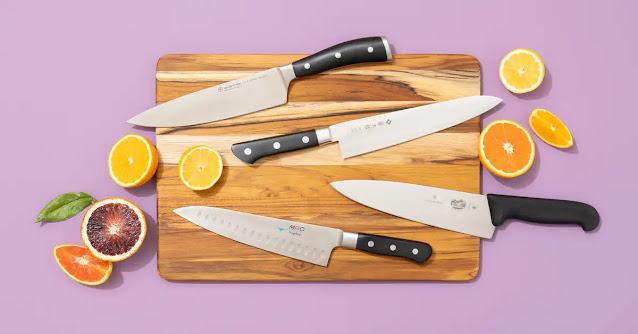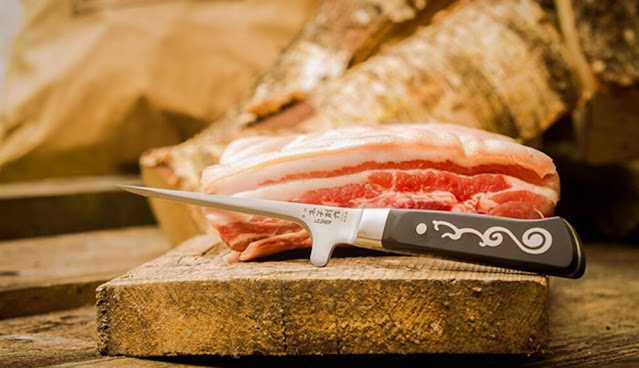The Art of Precision: Exploring Cutting Knives for Culinary Excellence
In the world of culinary craftsmanship, the choice of cutting knives is akin to a painter selecting their brushes—a crucial decision that influences the outcome of the masterpiece. Cutting knives are indispensable tools in any kitchen, and their variety and design cater to different cooking techniques and preferences. Join us as we delve into the art of precision with cutting knives, exploring their types, maintenance, and how to make the right choice for your culinary endeavors.
The Essential Types of Cutting Knives:
Chef's Knife: The workhorse of the kitchen, the chef's knife is versatile and indispensable. With a broad blade and pointed tip, it's ideal for slicing, dicing, chopping, and mincing a wide range of ingredients.
Paring Knife: This small, pointed knife is perfect for delicate tasks like peeling, trimming, and intricate decorative work.
Serrated Knife: Also known as a bread knife, its serrated edge makes it ideal for slicing through bread, cakes, and other items with a crust.
Utility Knife: A utility knife bridges the gap between a chef's knife and a paring knife. It's handy for various cutting tasks, such as slicing sandwiches or smaller fruits and vegetables.
Boning Knife: With a narrow, pointed blade, a boning knife is designed for precise meat and poultry deboning.
Santoku Knife: Hailing from Japan, the Santoku knife excels at slicing, dicing, and chopping. Its shorter, wider blade and sharp edge make it a favorite among many chefs.
Choosing the Perfect Cutting Knife:
Selecting the right cutting knife involves considering various factors:
Blade Material: High-carbon stainless steel is a popular choice due to its durability and resistance to staining and corrosion.
Handle Comfort: Ensure the knife's handle feels comfortable in your hand and provides a secure grip.
Blade Shape: Different blade shapes cater to specific cutting tasks. Choose one that aligns with your cooking style.
Maintenance: Regularly sharpen and hone your knives to maintain their sharpness and longevity.
Caring for Your Cutting Knives:
Proper care and maintenance are essential to keep your cutting knives in pristine condition:
Hand Washing: Always hand wash your knives with mild detergent and warm water. Avoid putting them in the dishwasher, as it can damage the blade and handle.
Drying: Dry knives immediately after washing to prevent corrosion.
Storage: Use a knife block, magnetic strip, or blade guards to store knives safely and protect the blades.
Sharpening: Invest in a quality knife sharpener or have your knives professionally sharpened when they become dull.
Conclusion:
Cutting knives are not just kitchen tools; they are extensions of a chef's creativity and skill. The right knife can elevate your culinary journey, making tasks more efficient and enjoyable. Whether you're a professional chef or a passionate home cook, understanding the different types of cutting knives, choosing the perfect one for your needs, and caring for them diligently will enhance your culinary prowess. So, sharpen your skills, and let your cutting knives become the instruments of your culinary artistry.




Comments
Post a Comment